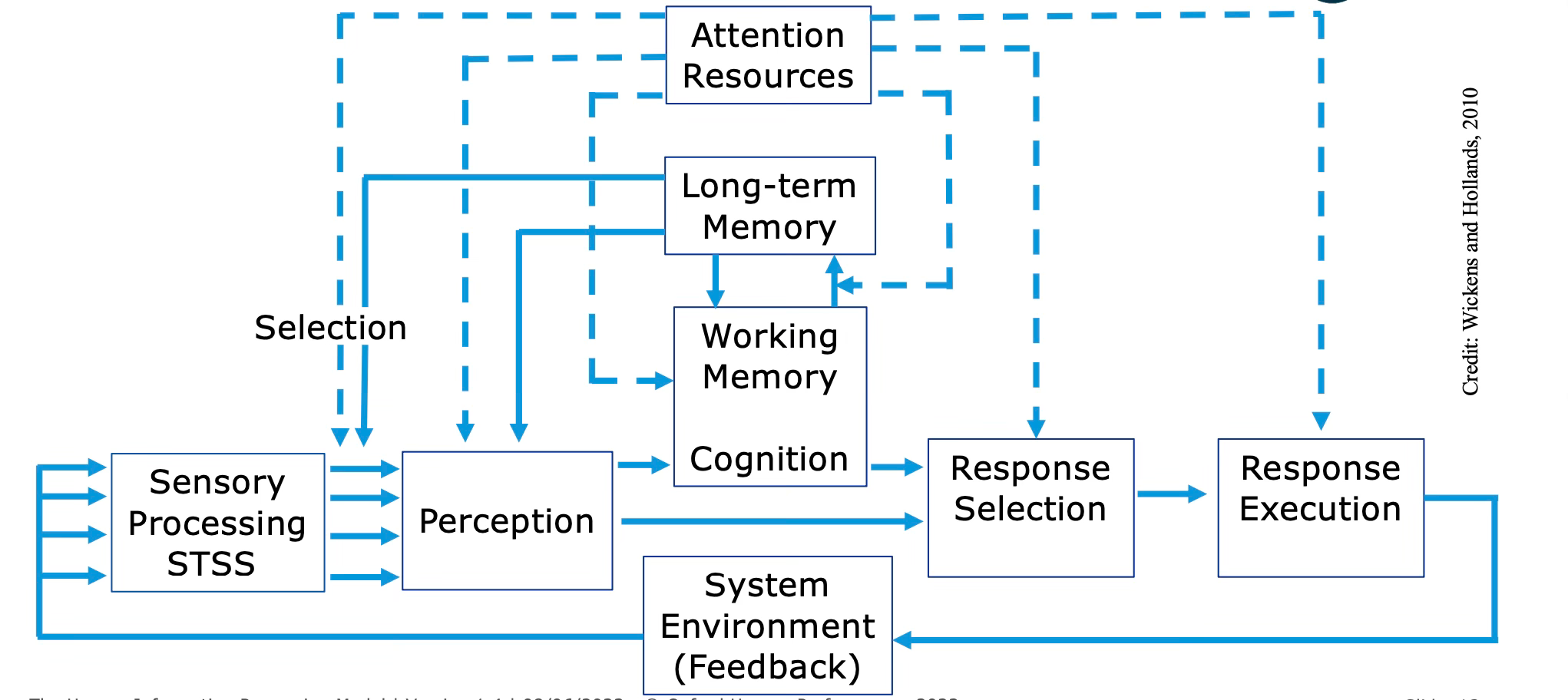Understanding Human Information Processing
Lesson 2 from ESA Astronaut Training

✨ This post is from the archive 🏛️. Migrated from Substack when we moved our writing to Ghost. ✨
As I continue our exploration of Human Factors lessons, today's post looks into the fascinating world of Human Information Processing (HIP). Understanding HIP is crucial for astronauts as it helps them manage complex tasks, make quick decisions, and reduce errors in high-stakes environments.
This is obviously only a brief glimpse into a much more detailed and comprehensive lesson!
What is Human Information Processing (HIP)?
Human Information Processing is a framework that describes how humans perceive, interpret, store, and respond to information. It involves several key stages:
Sensory Processing:
The initial stage where raw sensory inputs from the environment (such as sights and sounds) are received by our senses.
Perception:
The process of transforming these sensory inputs into meaningful information that the brain can understand and act upon.
Working Memory:
A temporary storage system where information is held and actively processed. It is crucial for decision-making and problem-solving in dynamic situations.
Long-term Memory:
A more permanent storage system where information is encoded semantically and retained for extended periods. It is essential for learning and recalling past experiences.
Response Selection and Execution:
The final stage where decisions are made based on processed information, and actions are implemented.

Why is Human Information Processing important for Astronauts?
Managing Complex Tasks:
Space missions involve numerous intricate tasks that require precise coordination and execution. Understanding HIP helps astronauts efficiently process and manage these tasks.
Making Quick Decisions:
In the fast-paced and often unpredictable environment of space, the ability to quickly interpret information and make informed decisions is vital for mission success and safety.
Reducing Errors:
By understanding how information is processed, astronauts can identify potential challenges in their cognitive processes and develop strategies to mitigate errors.
Enhancing Situational Awareness:
HIP helps astronauts maintain a high level of situational awareness by continuously processing and updating information about their environment and mission status.
Improving Team Coordination:
Effective information processing is critical for clear communication and coordination among team members, ensuring everyone is on the same page.
Understanding Human Information Processing is a cornerstone of astronaut training, enabling them to perform optimally in the demanding conditions of human spaceflight. This summary provides a brief overview, but the full lesson goes much deeper into each stage and its practical applications.




